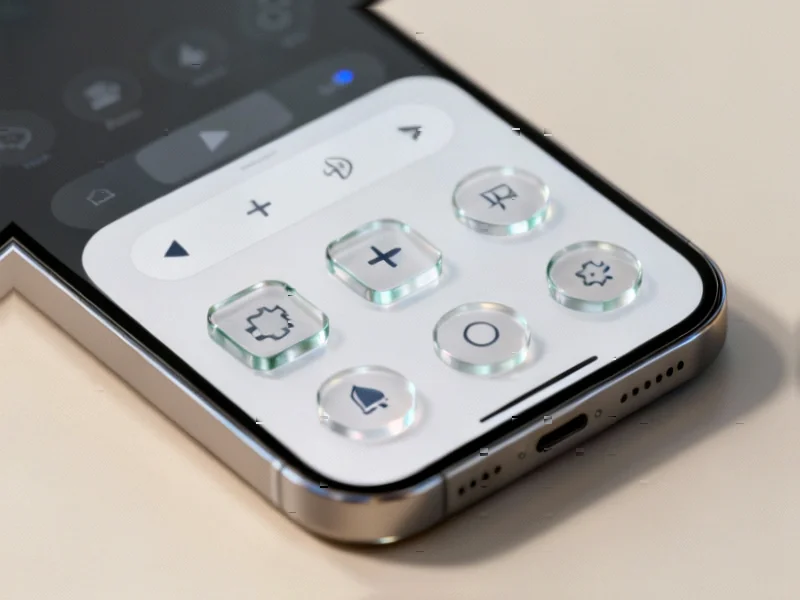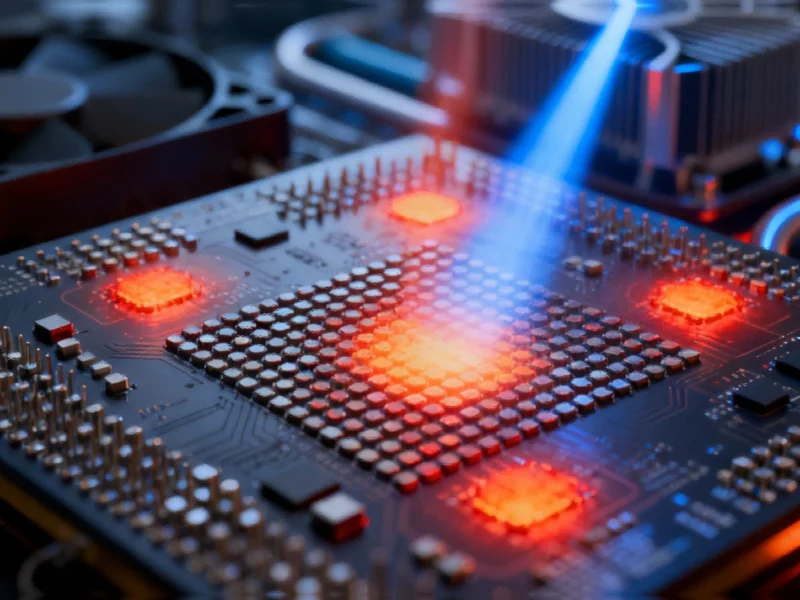According to Android Authority, Samsung’s upcoming One UI 8.5 software for Galaxy smartphones and tablets will feature significant design changes including a refreshed Quick Settings panel with more dynamic and customizable elements. The update is expected to arrive alongside the Galaxy S26 series, though the beta program won’t launch throughout November. The report notes these changes appear partially inspired by Apple’s iOS 26 design direction while maintaining distinct implementation. This glassier, cleaner aesthetic represents Samsung’s continued evolution of its software experience beyond core Android functionality.
Table of Contents
Beyond Aesthetic Borrowing: Platform Maturation
While the surface-level comparison to iOS design trends is inevitable, what’s more significant is how Samsung is using these visual refinements to advance broader platform strategy. The move toward glassier, more dynamic interfaces reflects One UI‘s maturation from simply being an Android skin to becoming a genuine platform layer with its own design language and interaction patterns. This isn’t merely cosmetic imitation—it’s part of Samsung’s ongoing effort to create cohesive experiences across its Galaxy ecosystem that transcend Google’s Android roadmap constraints.
The Platform Differentiation Imperative
What Android Authority’s report hints at but doesn’t fully explore is the strategic necessity behind these design evolutions. As Apple continues tightening integration across its ecosystem and Google pushes its own Pixel-first features, Samsung must maintain compelling differentiation while remaining Android-compatible. The quick settings panel represents one of the most frequently accessed system interfaces, making it a strategic battleground for user experience loyalty. By making it more customizable and visually distinct, Samsung strengthens user attachment to its specific implementation rather than generic Android.
The Execution Risks Ahead
The transition to more dynamic, glass-like interfaces introduces several technical and user experience challenges that Samsung must navigate carefully. Increased transparency and blur effects can impact performance on mid-range devices, potentially creating fragmentation within the Galaxy lineup. Additionally, overly dramatic design changes risk alienating users accustomed to One UI’s current aesthetic. Samsung’s challenge will be balancing innovation with familiarity—introducing fresh visual language without disrupting the muscle memory millions of users have developed with their current quick settings interactions.
Beyond Phones: The Multi-Device Vision
These design changes likely extend beyond smartphones to Samsung’s broader ecosystem strategy. A more dynamic, glass-inspired quick settings panel could serve as the foundation for consistent control interfaces across tablets, foldables, and even Samsung’s emerging wearable and smart home products. This represents a subtle but important shift from designing for individual devices to creating cohesive cross-device experiences. As Samsung expands its product portfolio, maintaining visual and interaction consistency becomes increasingly critical to ecosystem lock-in and user retention.
Strategic Timing and Competitive Positioning
The planned release alongside the Galaxy S26 series suggests Samsung views this UI refresh as a flagship differentiator rather than an incremental update. By timing major design changes with new hardware launches, Samsung maximizes their marketing impact and creates compelling reasons for upgrades. This approach also allows Samsung to establish its design direction ahead of Google’s typical Android updates, positioning One UI as a trendsetter rather than follower in the Android ecosystem. The result could be increased influence over Android’s visual evolution rather than simply reacting to Google’s decisions.



